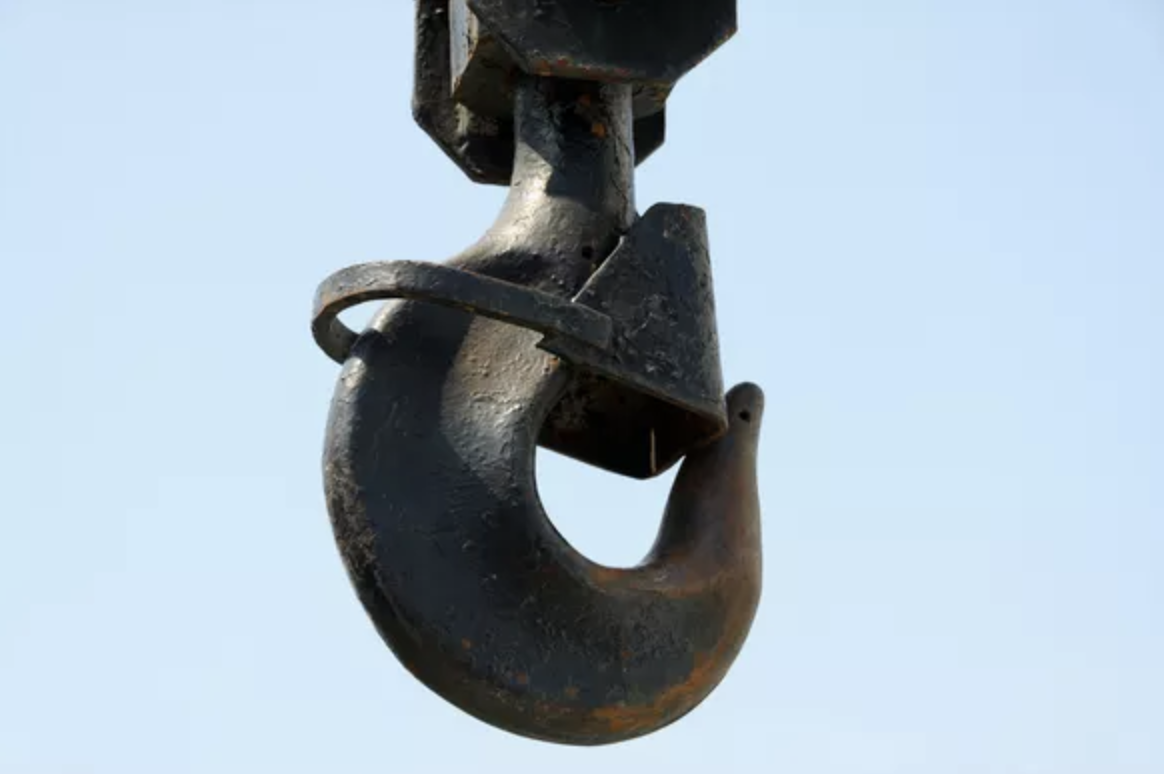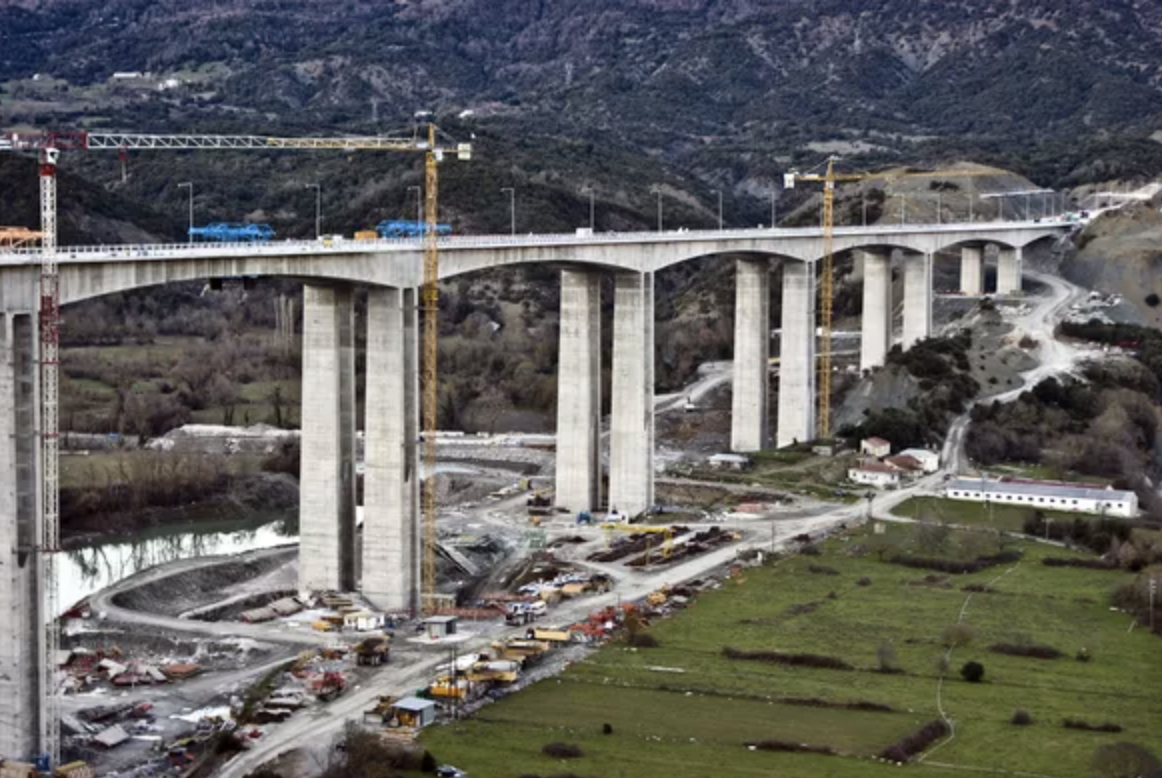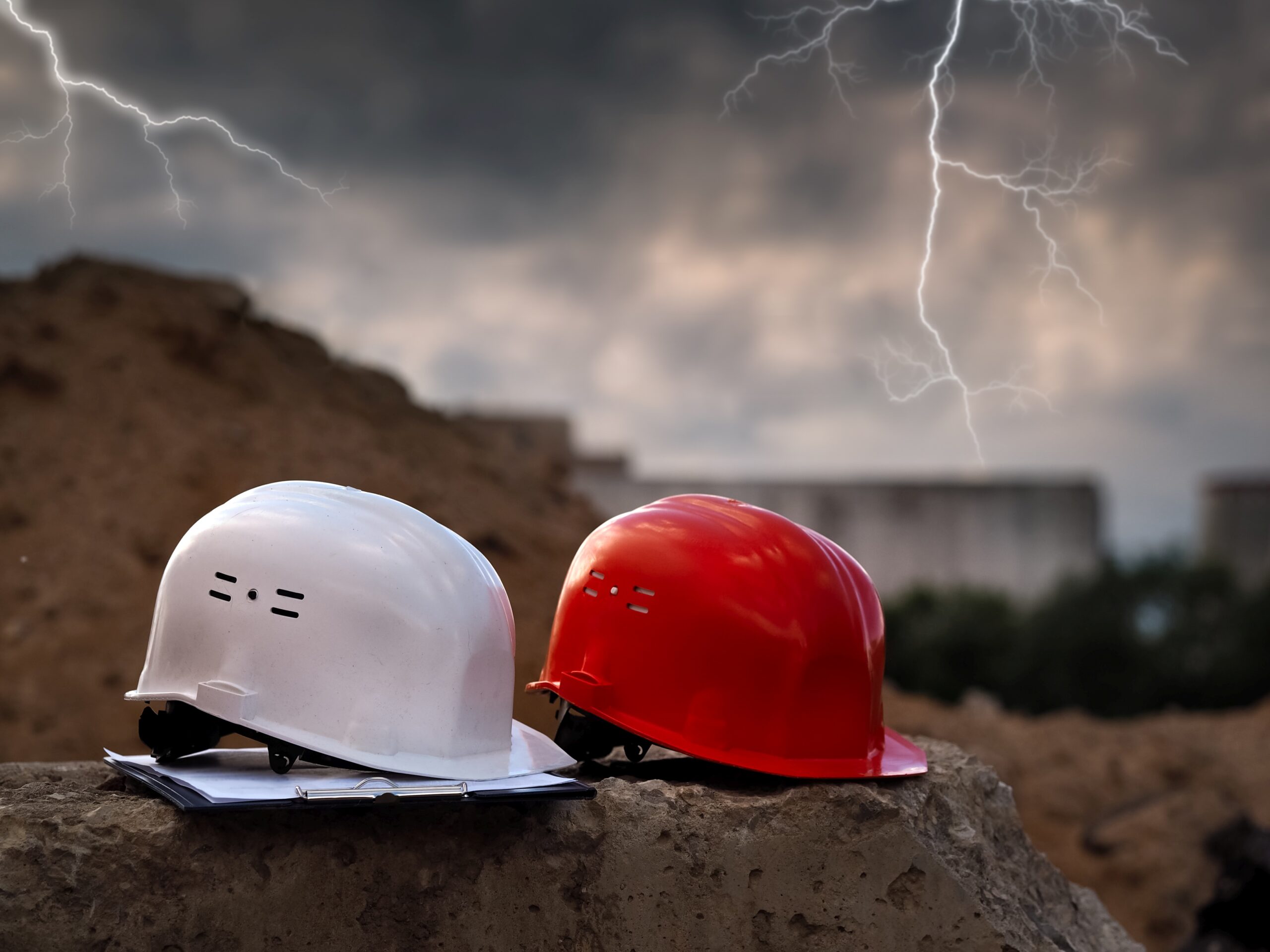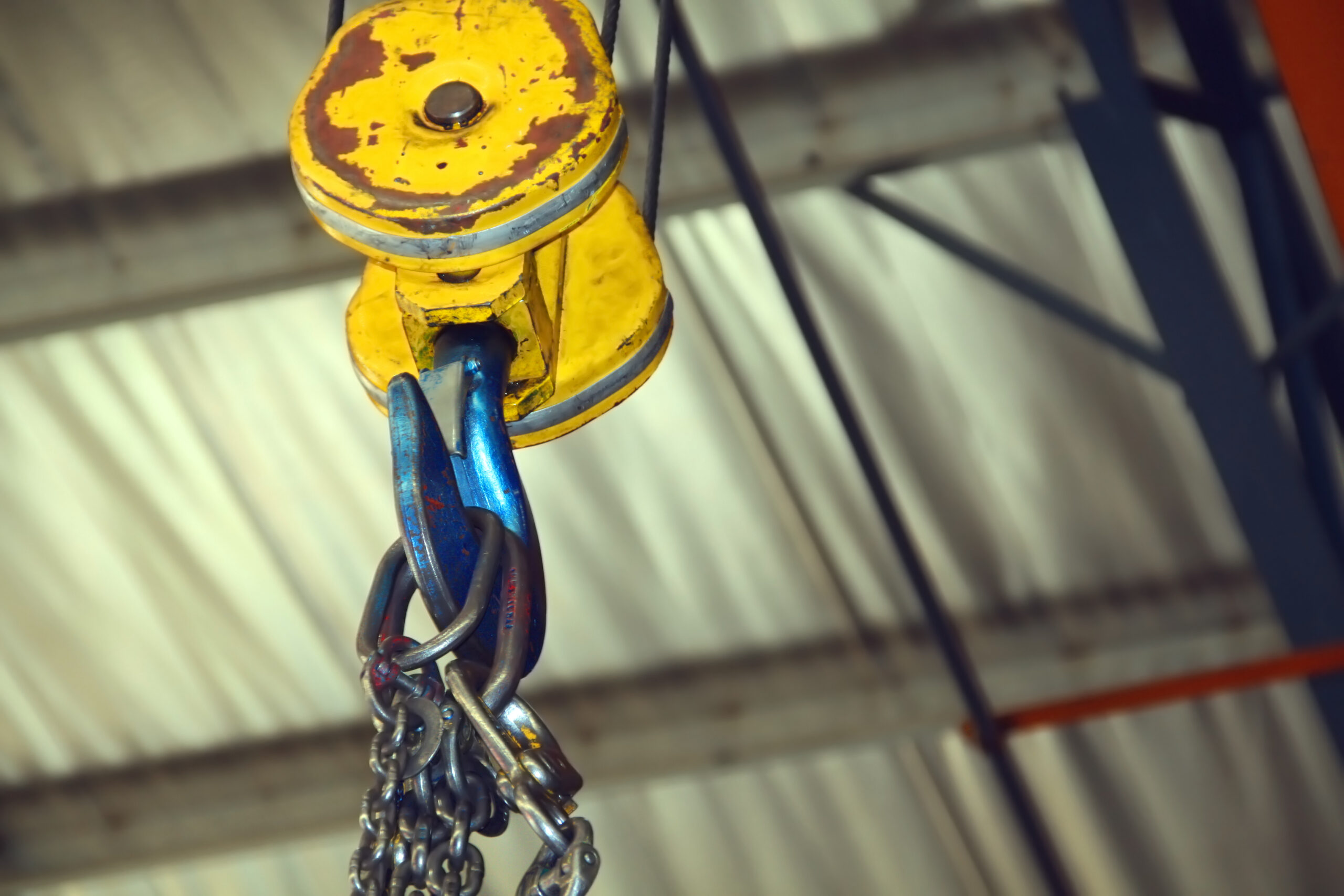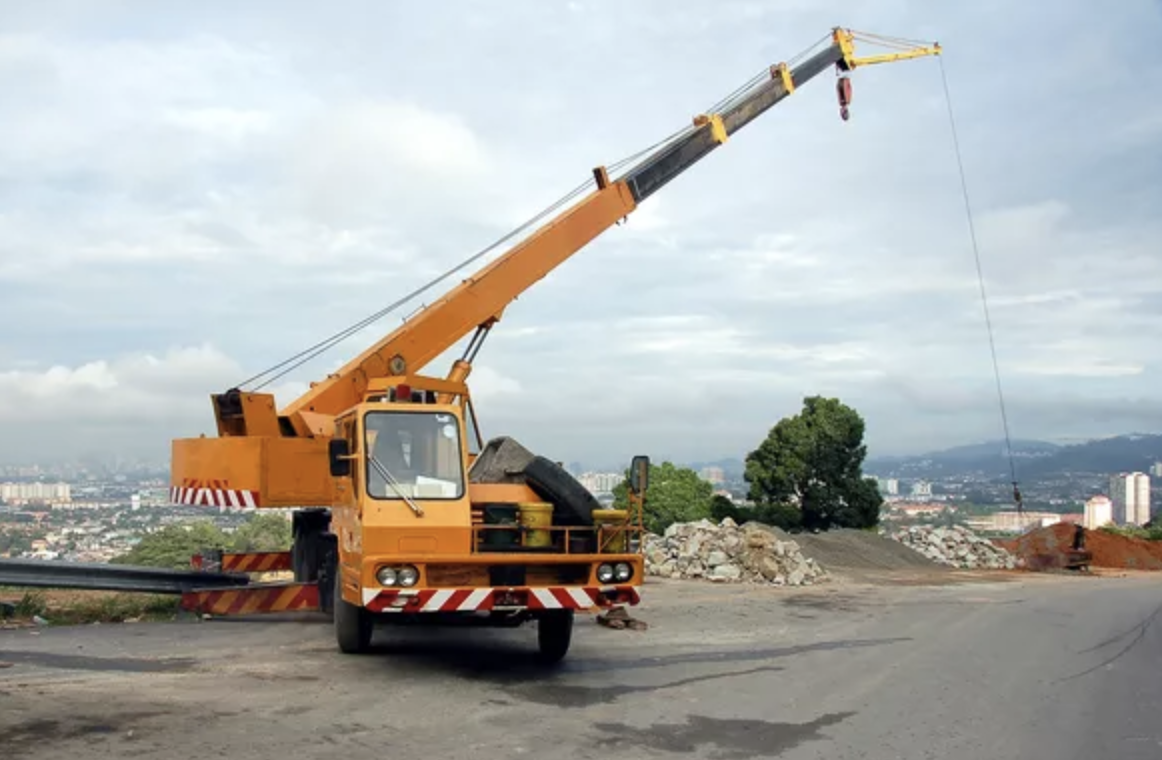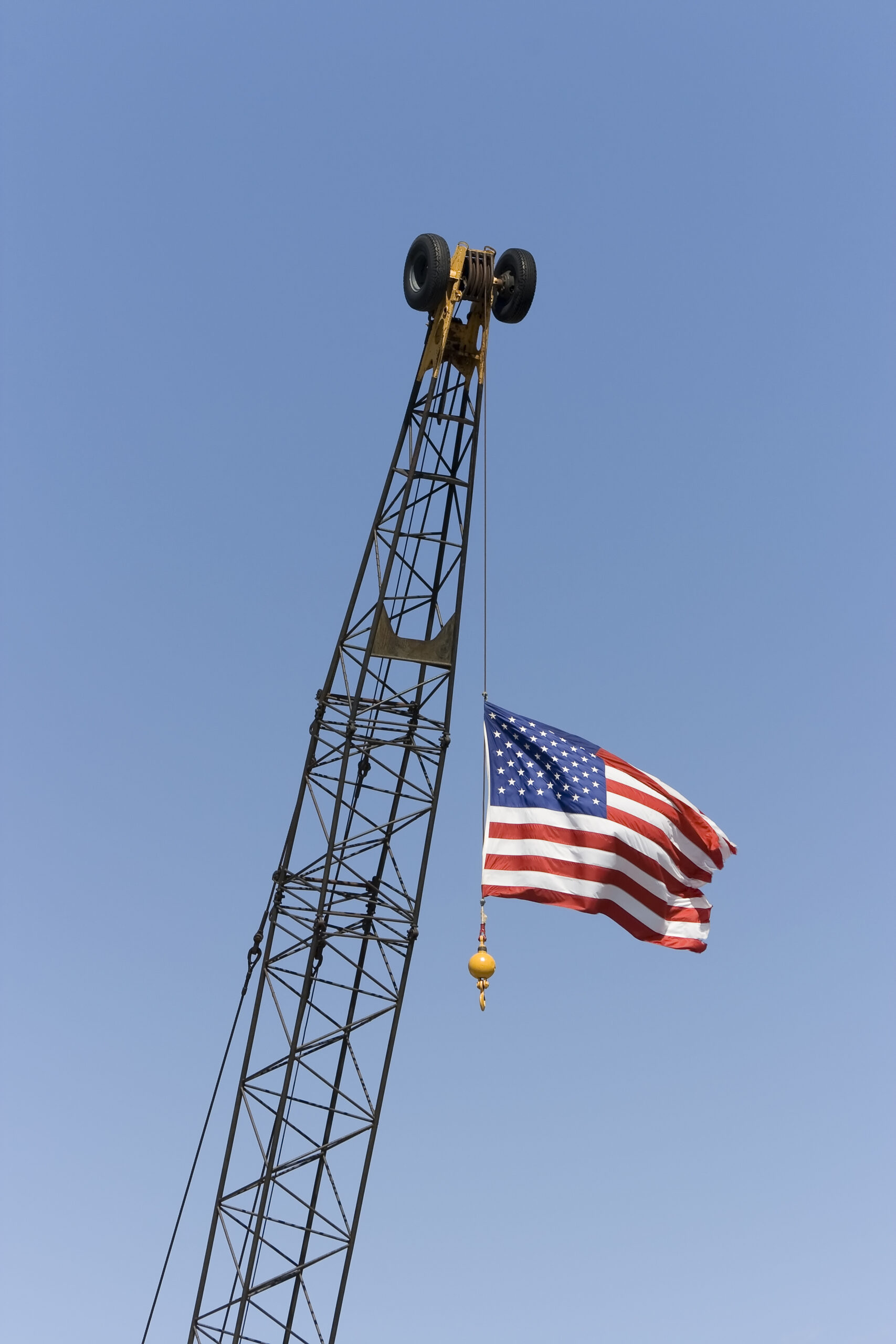Currently, the crane industry is under a push for visual enhancement technology – this time in the form of small cameras mounted on a boom or hook. The products, designed to give the operator a way to constantly see what he or she is picking, aren’t problematic per se, but the potential, at least in this country, for resulting litigation is.
Real Talk for a moment? This is serious – consider the potential for harm
For years, crane operators have been doing what’s known as “working in the blind” – meaning the operator is making a pick whereupon the load will at some point, if not always, be out of his or her direct line of sight. In this type of scenario, the operator relies on a trained signalperson, as well as the current technology on the crane – the LMI (load moment indicator), kick-outs, A2Bs (anti-two block), range limiters, proximity warning devices, etc. – to direct his or her actions. But what happens when technology starts to replace the basic skills the crane operator has needed to run a crane for the last 50 years or so? We’ve all heard people say things like, “It won’t be long before a crane runs itself.” Are we headed in that direction? What worries me most about the rate at which we’re introducing new technology into cranes is that many operators are now allowing the crane to tell them when it’s safe to operate. To say this is a terrible idea is putting it mildly. Because the crane only knows what it’s been programmed to know. And that means that if it’s been programmed incorrectly, or not programmed at all, the system can’t tell the operator he or she is in trouble until it’s too late.
Considering the scenariosYears ago, at an SC&RA event, I was talking to a manufacturer and asking him about operators working in the blind in Europe. I still remember the look on his face when he turned to me, proudly, and said, “They never work in the blind.” Along those same lines, I’ve also seen that some boom and hook camera companies are using marketing talk tracks that entice customers by telling them their operators will no longer have to work in the blind. I have to admit, it sounds like the dream scenario. Possibly even the best thing to happen to our industry since the introduction of hydraulic cranes. But that doesn’t alleviate us from our obligation to thoughtfully consider every possible scenario that could stem from the use of these devices. To give you an idea of what I’m talking about, I pulled some examples from the marketing materials of various camera companies. Consider the following:
- Creating the ability for the crane operator to be able to see the load anywhere on the jobsite removes the risk of a blind lift.
- There are no negative aspects to these cameras.
- A camera placed on the hook block of a crane can send live footage back to monitors.
- This camera can work to help verify every lift that the crane makes, whether in the blind or not.
- The monitor from the camera can be used to verify the load on every lift,making sure that it is secure, properly balanced, and that the path is clear.
- The entire path of the lift is now visible to the crane operator, eliminating the chance of the crane’s boom striking obstructions, power lines, or people.
- Cameras on cranes can reduce the numbers of accidents and deaths on the jobsite.
- Sadly many of these deaths could have been prevented if the crane operator had only had a better view of the jobsite and better communication with the riggers and subcontractors below.
- Using only hand signals and radios for communication, those on the ground often cannot alert the crane operator to danger in time for him to react. This sadly causes tragic accidents to occur far too often.
Clearly, the verdict is still out with these types of devices, and it’s too early to gauge the full impact they will have on our industry. But the claims that are being made in some of the marketing material should give us all pause. Virtually any operator on the planet will tell you he or she would like to see the load at all times.
If an accident does occur, bet your last dollar that the plaintiff attorney will make the argument that the operator wasn’t paying attention to whatever thing will be the most favorable for their case. It’s also likely that somewhere along the way the plaintiff attorney is going to demand an answer to why the operator didn’t stop what he or she was doing the minute something was amiss because operators no longer work in the blind. Is that really a position we want to put our operators (and ourselves) in?
We should also consider the diminishing affect these cameras might have on what the ASME B30 standards on responsibility and care have already accomplished. There’s the potential for attorneys and experts to use the cameras to try and place much more, if not all, of the responsibility back on the operator for not acting appropriately – simply because they perceive we no longer work in the blind. As an industry, is that a battle we’re prepared to fight again? In my opinion, we shouldn’t take chances with our ability to defend ourselves by jumping into something too quickly.
To be clear, I’m not saying hook and boom cameras are bad. However, I am saying that we need to think about them carefully. If the marketing excerpts I pointed out earlier stated something along the lines of, “This new tool is an aid to the operator but in no way replaces his entire field of vision,” and, “the operator must still rely on the qualified signalman and riggers while working in the blind,” it would be much more palatable. Crane owners – actually, all of us – should consider the entire picture of liability before purchasing these cameras.

